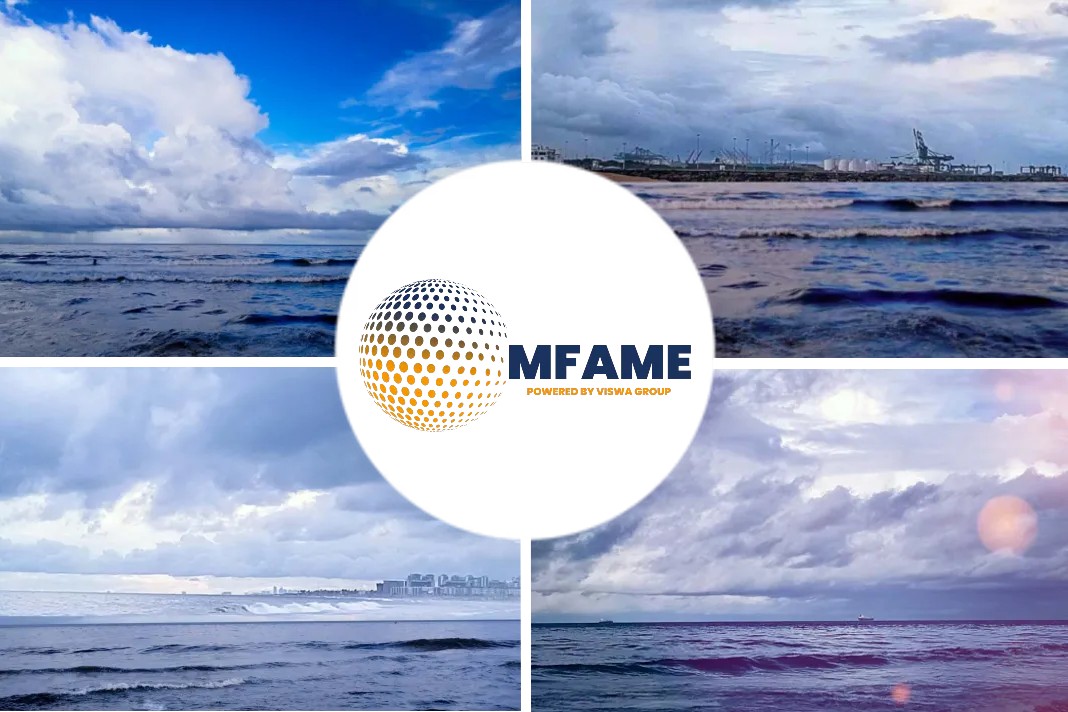
When the Hunga Tonga-Hunga Ha’apai volcano erupted in Tonga in January 2022, it became the largest eruption ever recorded with modern technology. The blast, estimated to be hundreds of times stronger than the Hiroshima nuclear explosion, was heard in Alaska, more than 10,000 kilometers (6,000 miles) away.
Full Investigation
Now, a team of researchers has completed the fullest investigation to date into the event, confirming that almost 10 square kilometers of seafloor was displaced – equivalent to 2.6 million Olympic pools, and a third more than initial estimates.
However, they found that only three quarters of this material was deposited in an area within 20 kilometers (about 12 miles) of the volcano, leaving a sizable chunk unaccounted for. New Zealand’s National Institute of Water and Atmospheric Research (NIWA), which conducted the research, believes this missing debris could be partly explained by “aerial loss,” which is why it wasn’t noticed until detailed mapping work was completed. Some answers came from an earlier expedition also conducted by NIWA, which mapped the sea floor around Hunga Tonga-Hunga Ha’apai.
Seafloor Explorer
Erica Spain is a marine geology technician at NIWA and a member of the expedition that set out in April. Describing herself as a “seafloor detective,” Spain uses high-tech echolocation machinery to hunt for underwater volcanoes, and pieces together clues about the “triggers” that influence underwater eruptions.
The multibeam echosounder “sends out acoustic pulses to map the seafloor in 3D,” says Spain, likening it to the echolocation a dolphin uses. “We have hydrophones that receive that echo, and from that, we can determine how deep the seafloor is, and build up an idea of its shape and geometry.” With a volcanic cone just 100 meters (328 feet) tall on a small island in the Pacific, Hunga Tonga-Hunga Ha’apai wasn’t much to look at before the eruption
Continued instability in the caldera meant the crew couldn’t examine the volcano’s opening — so an uncrewed surface vessel was deployed instead. Operated remotely by a SeaKit, based in the UK 16,000 kilometers (10,000 miles) from Tonga, the 12-meter-long (40-foot) robot discovered that the caldera had collapsed, now lying 700 meters (2,300 feet) below the surface.
Explosive Findings
The results of the expedition surprised the team, says Spain. They had expected that the huge eruption would have left a lot of volcanic debris on the seafloor, but in fact, “the volcano looked very similar to what it looked like decades prior,” says Spain.
The discrepancy between the size of the caldera collapse and the seafloor debris pointed toward another factor in the explosion: hot magma from the volcano had interacted with the cool seawater to create steam. “Steam takes up a thousand times as much volume as water,” says Spain. “It explains in some regard why it was so eruptive.”
NIWA already has a tsunami warning system in place, with sensors on the seafloor around New Zealand and the South Pacific to monitor sea levels, tides and currents, and to report anomalies. And now, the data gathered from Tonga can help refine these sensors, says Lane. And while the map of the seafloor gave researchers a better understanding about the eruption at Hunga Tonga-Hunga Ha’apai, it also contributed to a larger project: Seabed 2030, a global initiative run by the Nippon Foundation, which aims to map the entire sea floor.
This map of the seafloor can help identify important or vulnerable ecosystems, says Spain. The information gathered can also help aid the recovery of the surrounding ocean and marine environment.
Did you subscribe to our newsletter?
It’s free! Click here to subscribe!
Source: EditionCNN

























